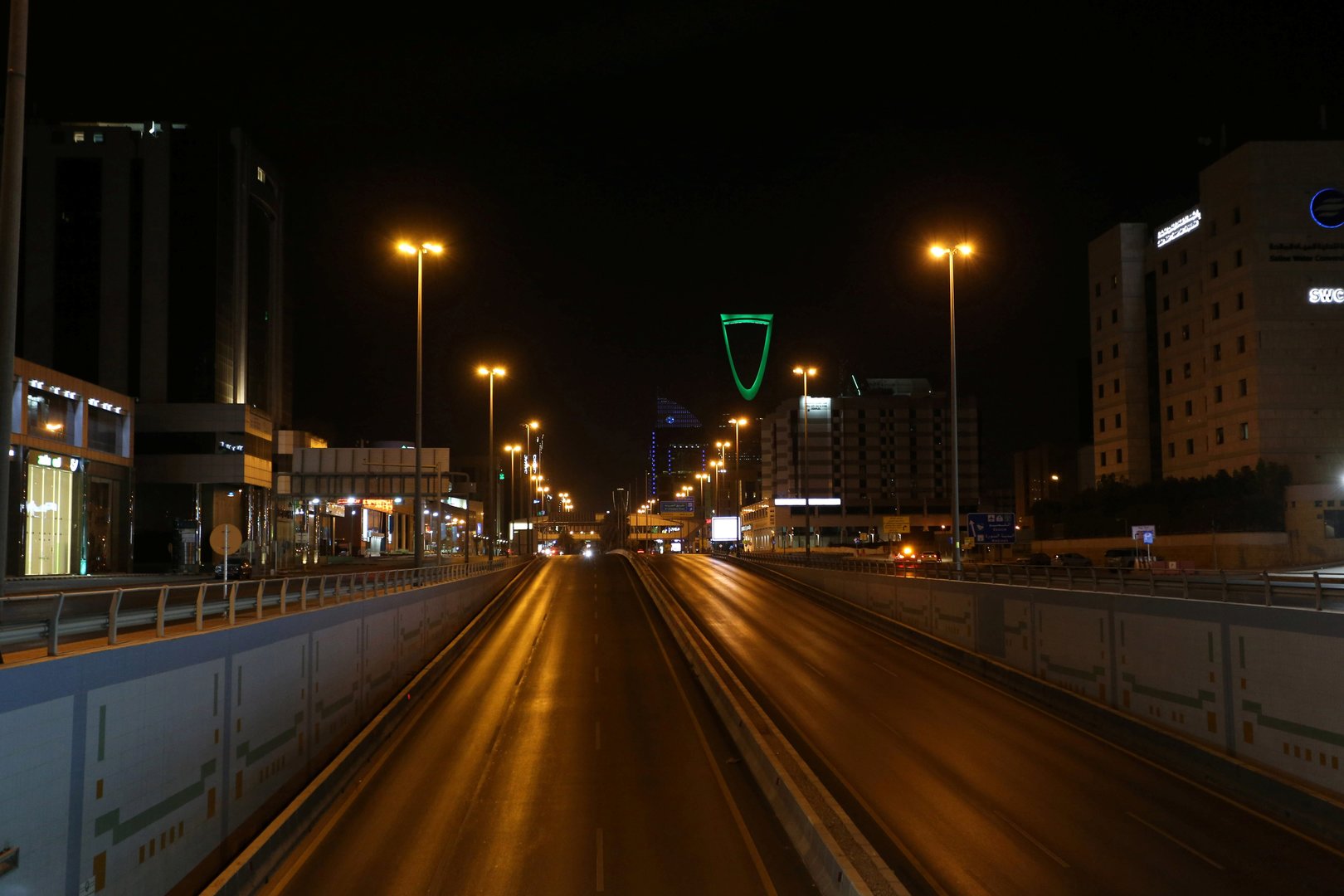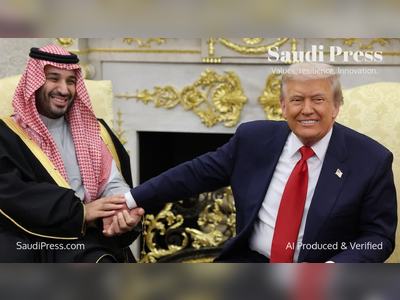
Saudi Arabia’s Digital Boom Built on Strong Regulation and Strategic Infrastructure
Kingdom’s regulatory reforms and investment drive lift digital economy to over 15 % of GDP while pushing rural connectivity and innovation
Saudi Arabia’s digital economy has grown impressively, and regulations are forming the backbone of its transformation into a digital powerhouse.
The Kingdom now reports its digital economy represents approximately 15.6 per cent of GDP, signalling that robust regulatory frameworks and infrastructure investment are paying off.
Central to this growth is the role of regulators such as the Communications, Space and Technology Commission (CST) and the Saudi Data and Artificial Intelligence Authority (SDAIA), which have introduced transparent licensing regimes, spectrum-sharing policies, open consultations and co-regulation models that encourage investment in networks, 5G deployment and digital services.
The Kingdom’s National Frequency Spectrum Strategy (2020-2025) improved spectrum management to support emerging technologies and national security.
On the supply side, infrastructure rollout has been accelerated via a unified permitting system, support for shared towers and fibre-optic expansion into rural areas.
Demand-side initiatives—such as digital literacy programmes, public funding tied to performance metrics and universal connectivity obligations—help ensure that investment translates into meaningful economic participation.
For example, with almost 99 per cent internet penetration and over 3.9 million homes now served by fibre, Saudi Arabia has closed much of its connectivity gap.
The Kingdom’s approach offers four transferable lessons for other nations: establish a unified governance model to avoid regulatory overlap; prioritise public–private collaboration in rural deployment; embed digital skills training within national strategies; and align tax and incentive frameworks to reward connectivity and innovation.
Challenges remain.
Fragmented mandates across telecom, content, privacy and cybersecurity domains risk inefficiencies.
Legacy over-the-top (OTT) regulation and tax burdens may also slow progress if not addressed.
Nonetheless, Saudi Arabia is poised to further modernise its regulatory architecture, linking clear policy execution to measurable outcomes and sharing best practices internationally.
By coupling regulation with infrastructure and inclusion, the Kingdom is not merely investing in digital assets but building a sustainable model of digital growth—one that could serve as a blueprint for emerging economies seeking to bridge the digital divide with purpose and precision.
The Kingdom now reports its digital economy represents approximately 15.6 per cent of GDP, signalling that robust regulatory frameworks and infrastructure investment are paying off.
Central to this growth is the role of regulators such as the Communications, Space and Technology Commission (CST) and the Saudi Data and Artificial Intelligence Authority (SDAIA), which have introduced transparent licensing regimes, spectrum-sharing policies, open consultations and co-regulation models that encourage investment in networks, 5G deployment and digital services.
The Kingdom’s National Frequency Spectrum Strategy (2020-2025) improved spectrum management to support emerging technologies and national security.
On the supply side, infrastructure rollout has been accelerated via a unified permitting system, support for shared towers and fibre-optic expansion into rural areas.
Demand-side initiatives—such as digital literacy programmes, public funding tied to performance metrics and universal connectivity obligations—help ensure that investment translates into meaningful economic participation.
For example, with almost 99 per cent internet penetration and over 3.9 million homes now served by fibre, Saudi Arabia has closed much of its connectivity gap.
The Kingdom’s approach offers four transferable lessons for other nations: establish a unified governance model to avoid regulatory overlap; prioritise public–private collaboration in rural deployment; embed digital skills training within national strategies; and align tax and incentive frameworks to reward connectivity and innovation.
Challenges remain.
Fragmented mandates across telecom, content, privacy and cybersecurity domains risk inefficiencies.
Legacy over-the-top (OTT) regulation and tax burdens may also slow progress if not addressed.
Nonetheless, Saudi Arabia is poised to further modernise its regulatory architecture, linking clear policy execution to measurable outcomes and sharing best practices internationally.
By coupling regulation with infrastructure and inclusion, the Kingdom is not merely investing in digital assets but building a sustainable model of digital growth—one that could serve as a blueprint for emerging economies seeking to bridge the digital divide with purpose and precision.



